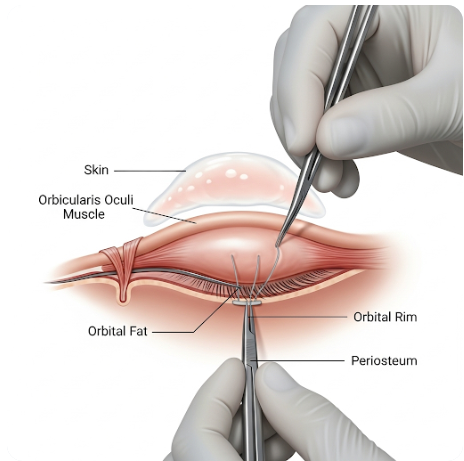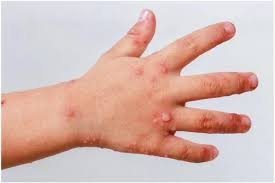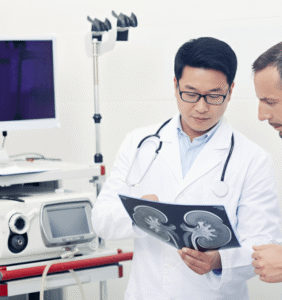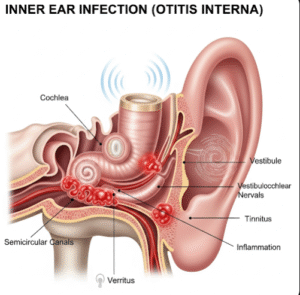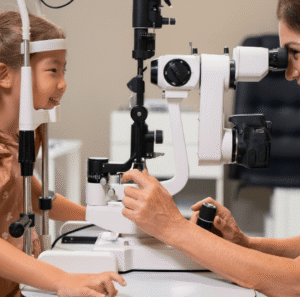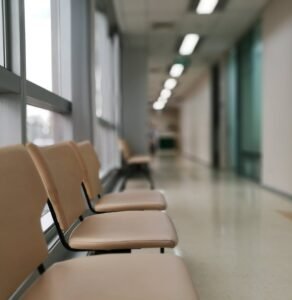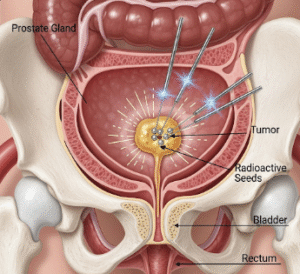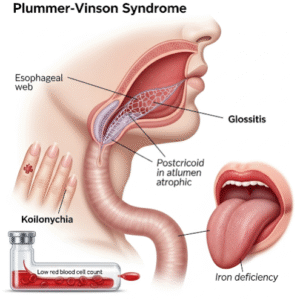What It Is
Under eye fat repositioning, also called lower eyelid fat repositioning, is a cosmetic procedure that redistributes rather than removes the herniated fat pads under the eyes. With aging or genetics, fat can protrude and cause puffy under-eye bags, while hollow areas (tear troughs) develop just below. Instead of removing fat entirely, surgeons reposition it to fill the hollow areas, creating a smooth, youthful transition from the lower eyelid to the cheek.
In Korea, this surgery is performed by plastic and oculoplastic surgeons who focus on achieving natural results that avoid the “hollowed” look sometimes seen after traditional fat removal.
Why It’s Done
Patients choose under eye fat repositioning to:
- Eliminate puffy bags under the eyes
- Fill hollow tear troughs and under-eye grooves
- Improve dark circle shadows caused by uneven fat distribution
- Rejuvenate the midface for a fresher, less tired appearance
- Achieve natural correction instead of an “operated” look
Alternatives
Depending on the patient’s age, skin quality, and severity, alternatives include:
- Dermal fillers (hyaluronic acid): Non-surgical tear trough correction, though temporary (6–12 months)
- Fat grafting: Uses the patient’s own fat to fill hollows, but survival rates can vary
- Laser resurfacing or RF tightening: Improves skin texture and mild puffiness
- Traditional lower blepharoplasty: Removes fat pads but may risk hollowness if overdone
Preparation
Preparation before surgery includes:
- Consultation: Eye and midface analysis with photography for surgical planning
- Medical evaluation: Blood tests and anesthesia review
- Lifestyle changes: Avoiding smoking and alcohol for 2–4 weeks before surgery
- Medication review: Pausing blood thinners and supplements that may increase bleeding
- Post-surgery planning: Arranging short downtime for healing and swelling recovery
How It’s Done
The procedure is performed under local anesthesia with sedation or general anesthesia, lasting about 1–2 hours.
- A small incision is made on the inside of the lower eyelid (transconjunctival) or just below the lash line
- The herniated fat pads are carefully repositioned downward to cover the tear trough hollow
- In some cases, the fat is redistributed across the orbital rim for a smooth contour
- The incision is closed with dissolvable or fine sutures (hidden or nearly invisible)
Recovery
Recovery is usually quick and well tolerated:
- First week: Swelling and mild bruising are common; cold compresses help reduce discomfort
- Stitch removal: If external incision is used, stitches are removed in 5–7 days
- Return to activities: Most patients return to work in 5–7 days; full recovery takes 2–3 weeks
- Final results: Natural rejuvenation appears after swelling subsides, typically within 1–2 months
Possible Complications
While safe, risks may include:
- Swelling or bruising lasting longer than expected
- Temporary dryness or irritation in the eyes
- Asymmetry or irregular fat distribution
- Infection or bleeding (rare)
- Very rarely, lower eyelid retraction if too much tissue is manipulated
Treatment Options in Korea
Diagnosis
- Comprehensive eye and midface evaluation
- 3D imaging in some clinics to preview surgical outcomes
Medical Treatments
- Post-op eye drops, ointments, and cold compresses
- Pain relief and antibiotics if needed
Surgical or Advanced Therapies
- Standard under eye fat repositioning: Redistributing fat to correct puffiness and hollows
- Combined lower blepharoplasty: Tightening skin and muscle in addition to fat repositioning
- Fat grafting with repositioning: Adds extra volume for patients with severe hollows
- Laser or skin resurfacing add-ons: To smooth fine lines and improve under-eye texture
Rehabilitation and Support
- Scar management (minimal since incisions are hidden)
- Follow-up visits to monitor healing and fat redistribution
- International patient services including translation, hospital support, and virtual aftercare

